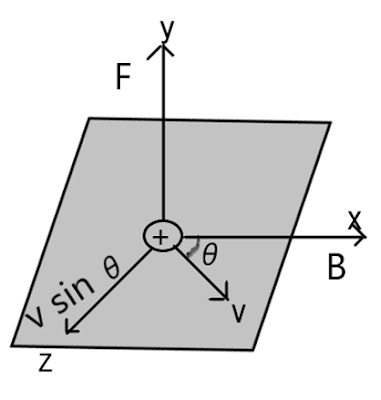Wednesday, January 19, 2022
Tuesday, December 21, 2021
Magnetic Field_Bsc
Figure 1:Magnetic Lines of force around a bar magnet
Figure 2:Magnetic lines of force around straight conductor
Figure 3:
Magnetic lines of force in a solenoid
Subscribe to:
Comments (Atom)





















